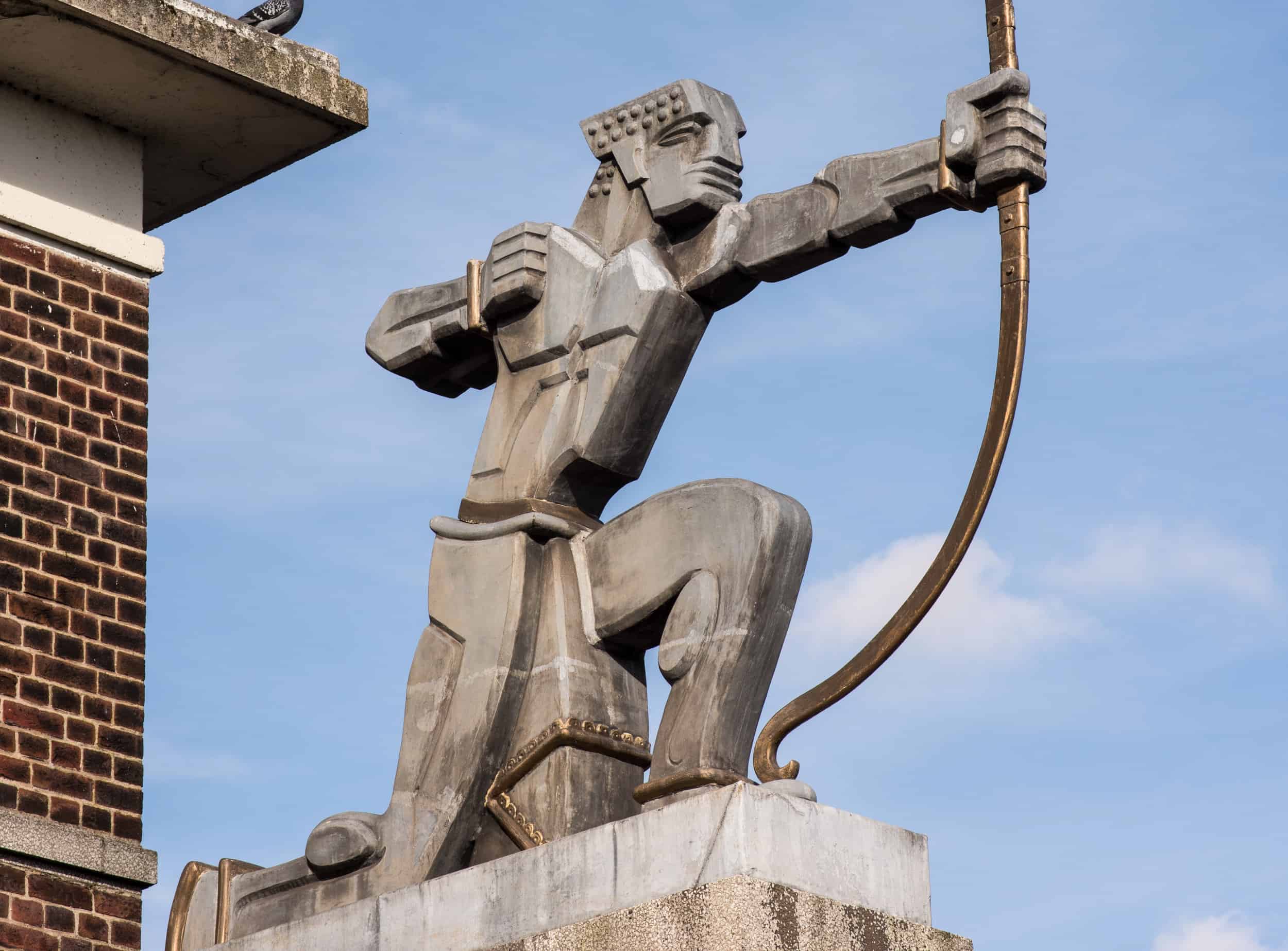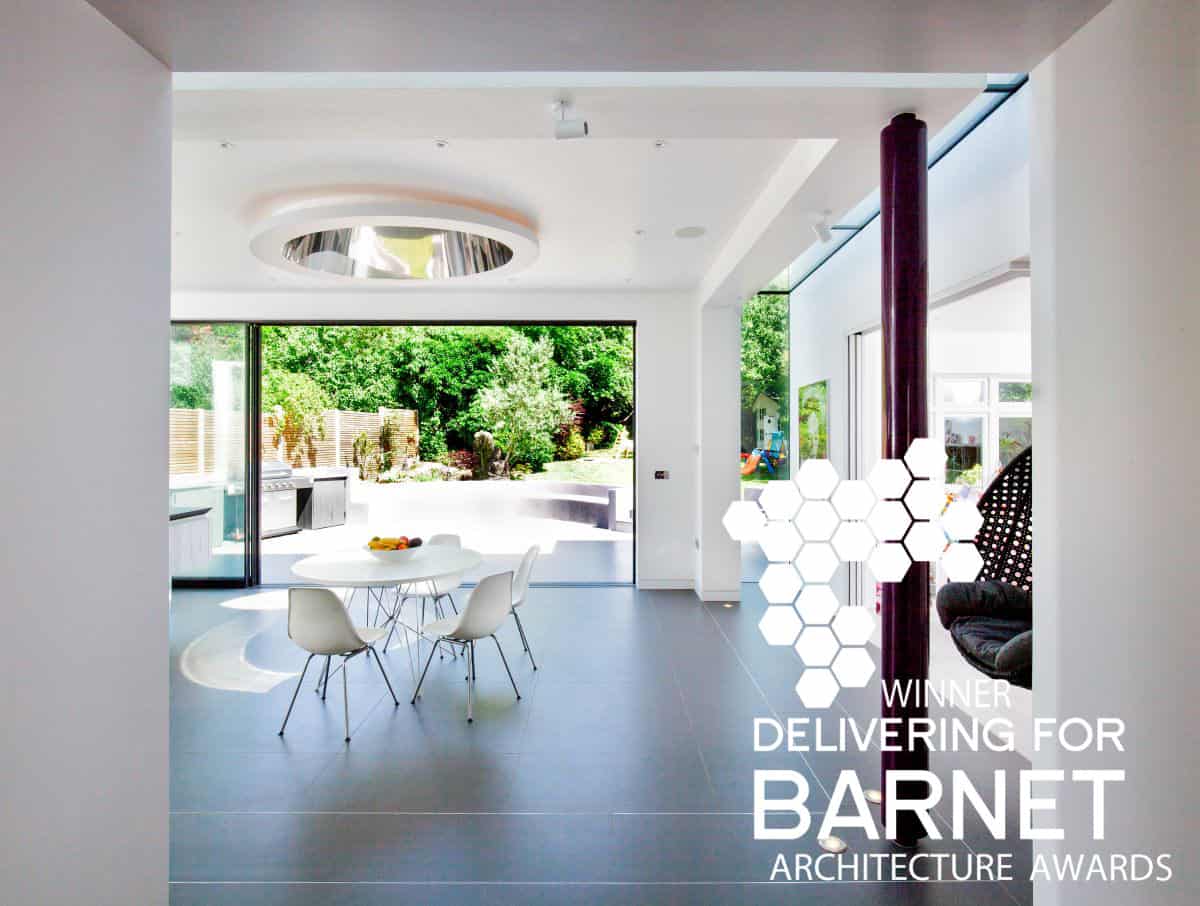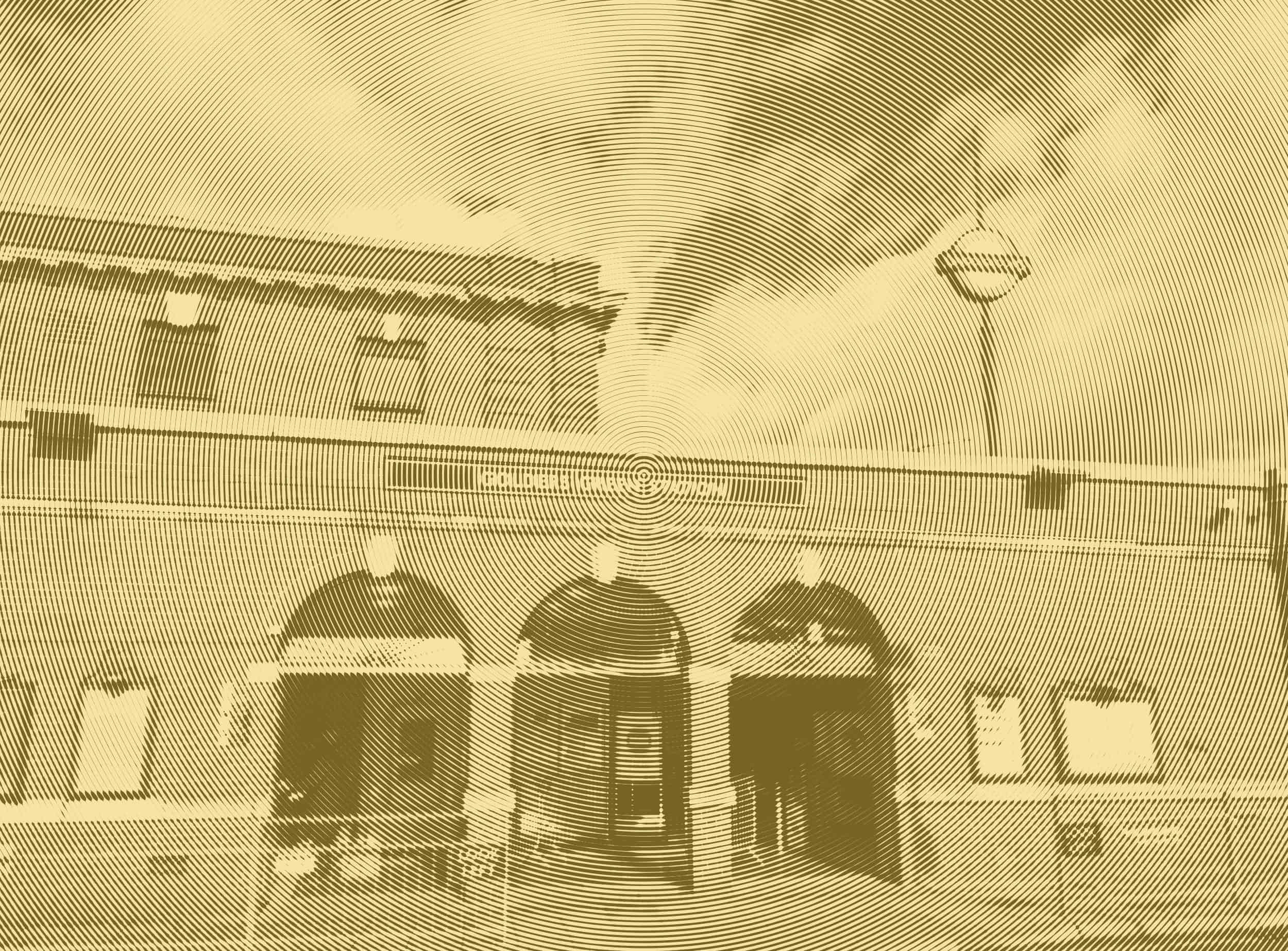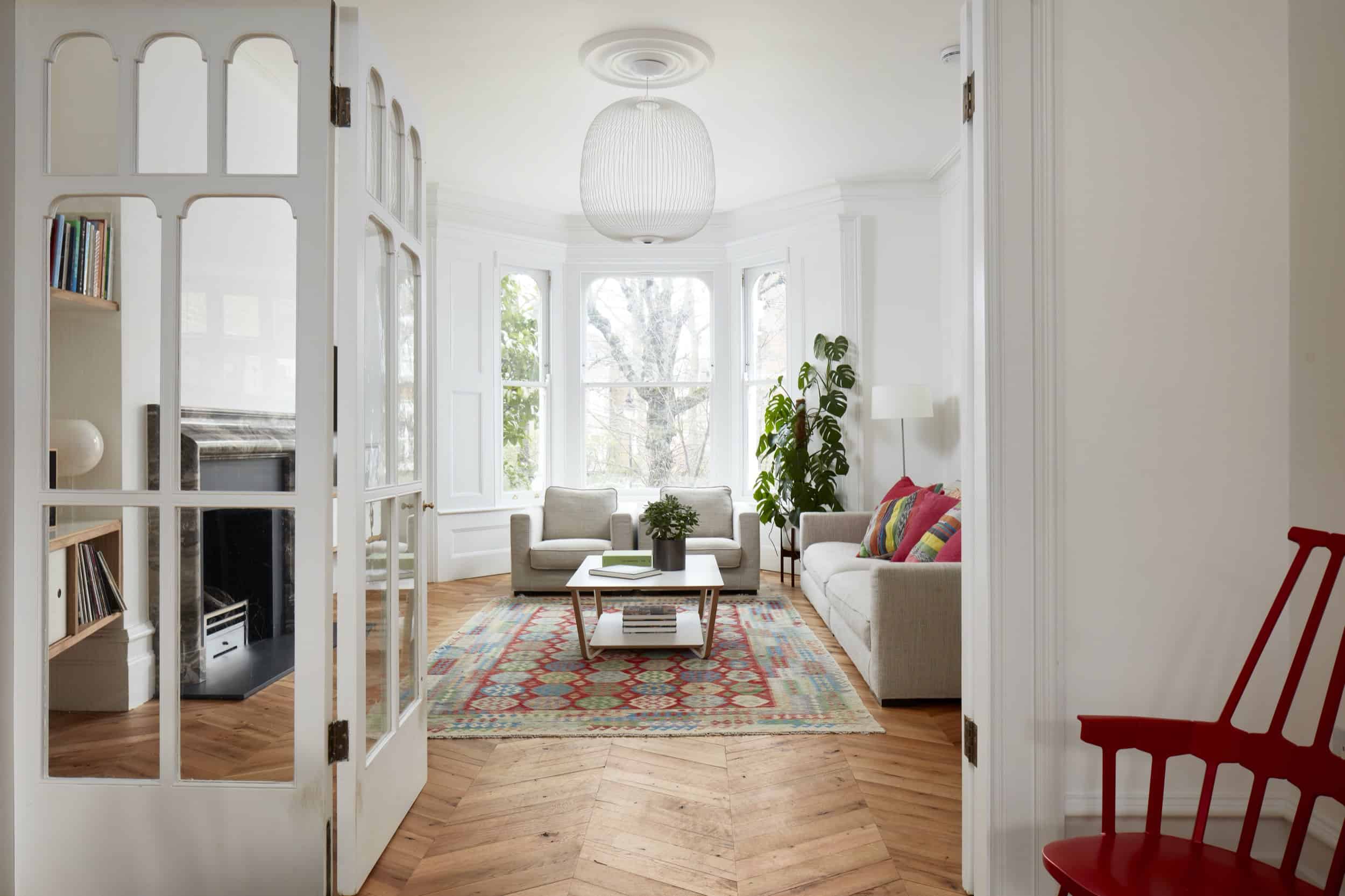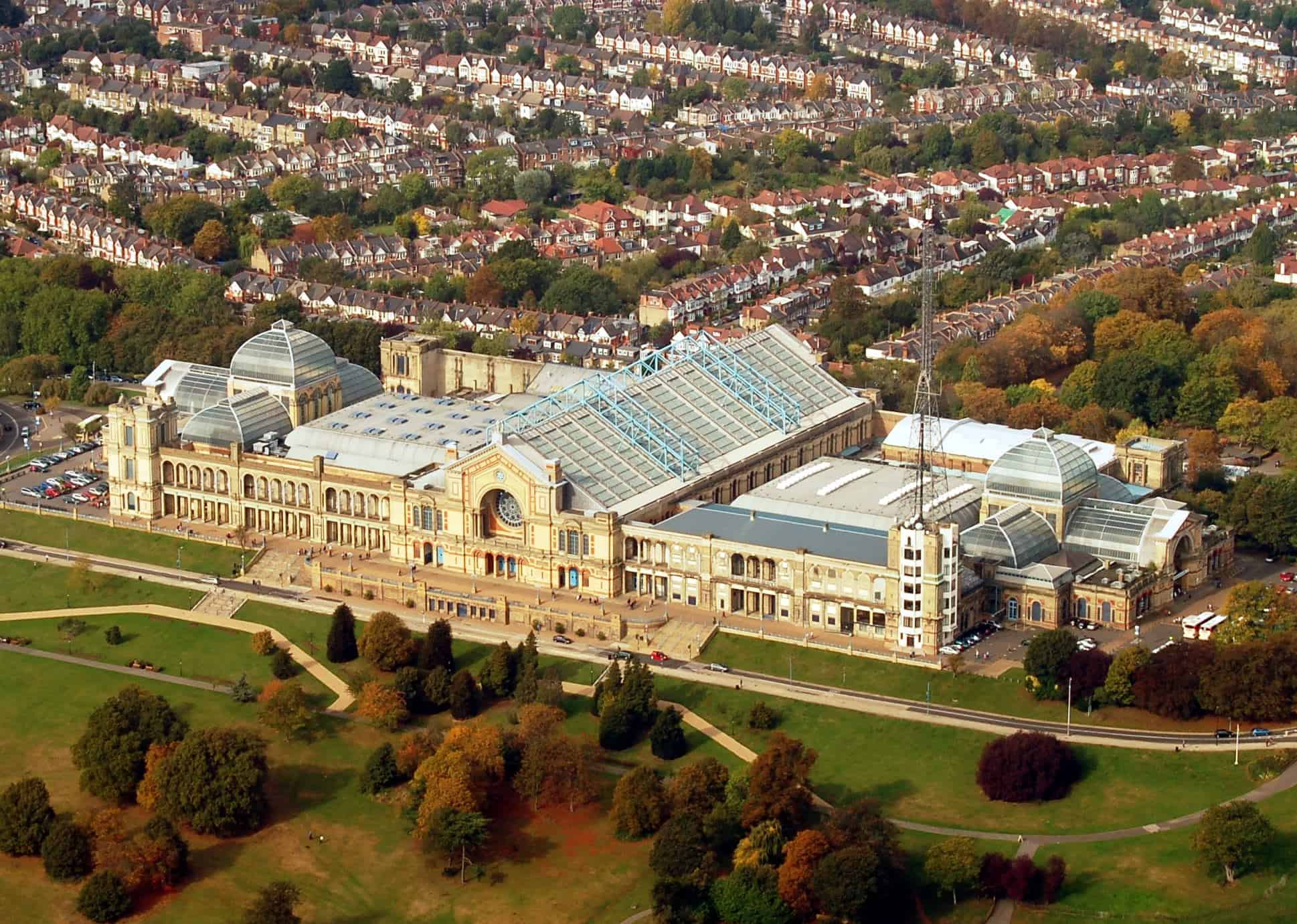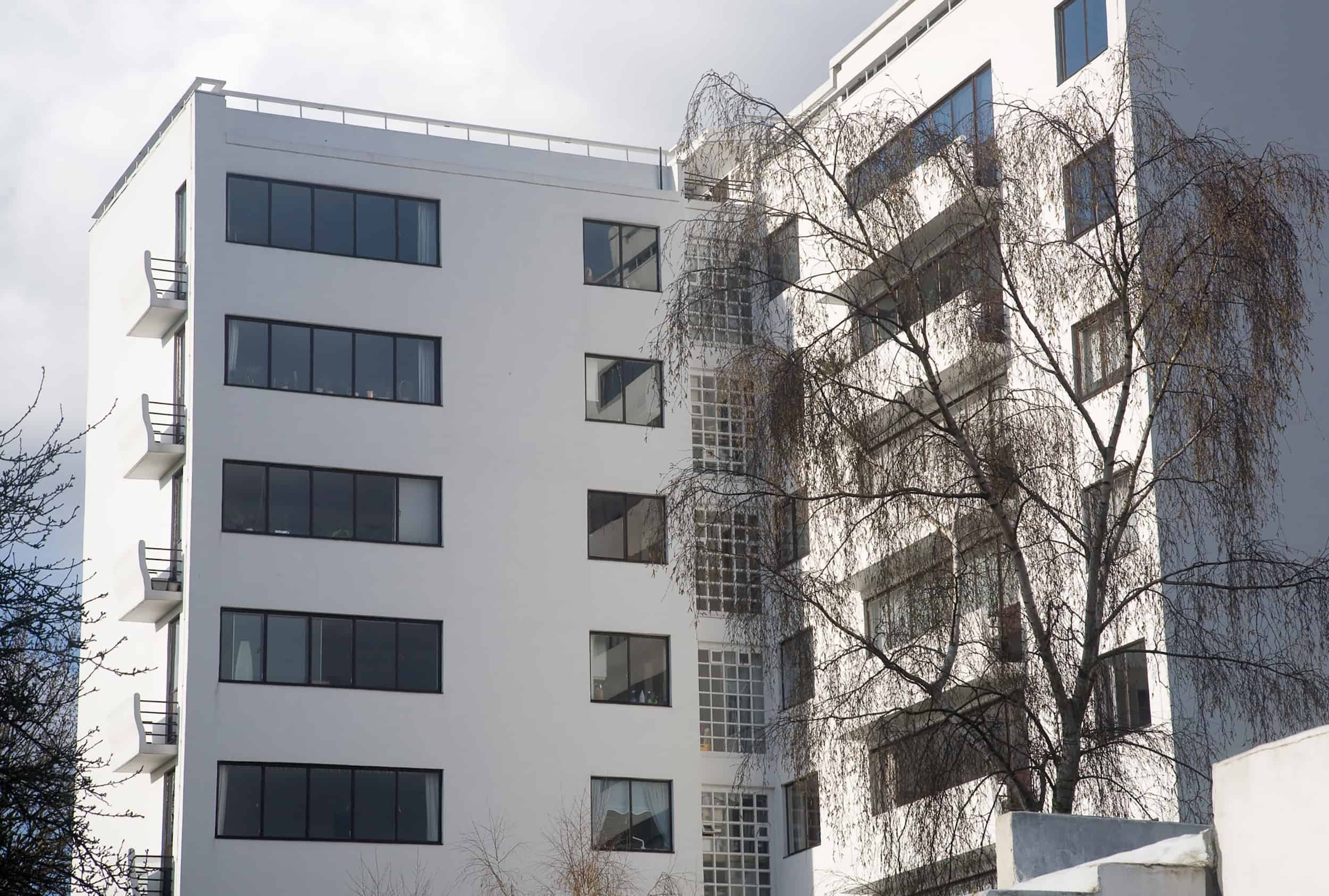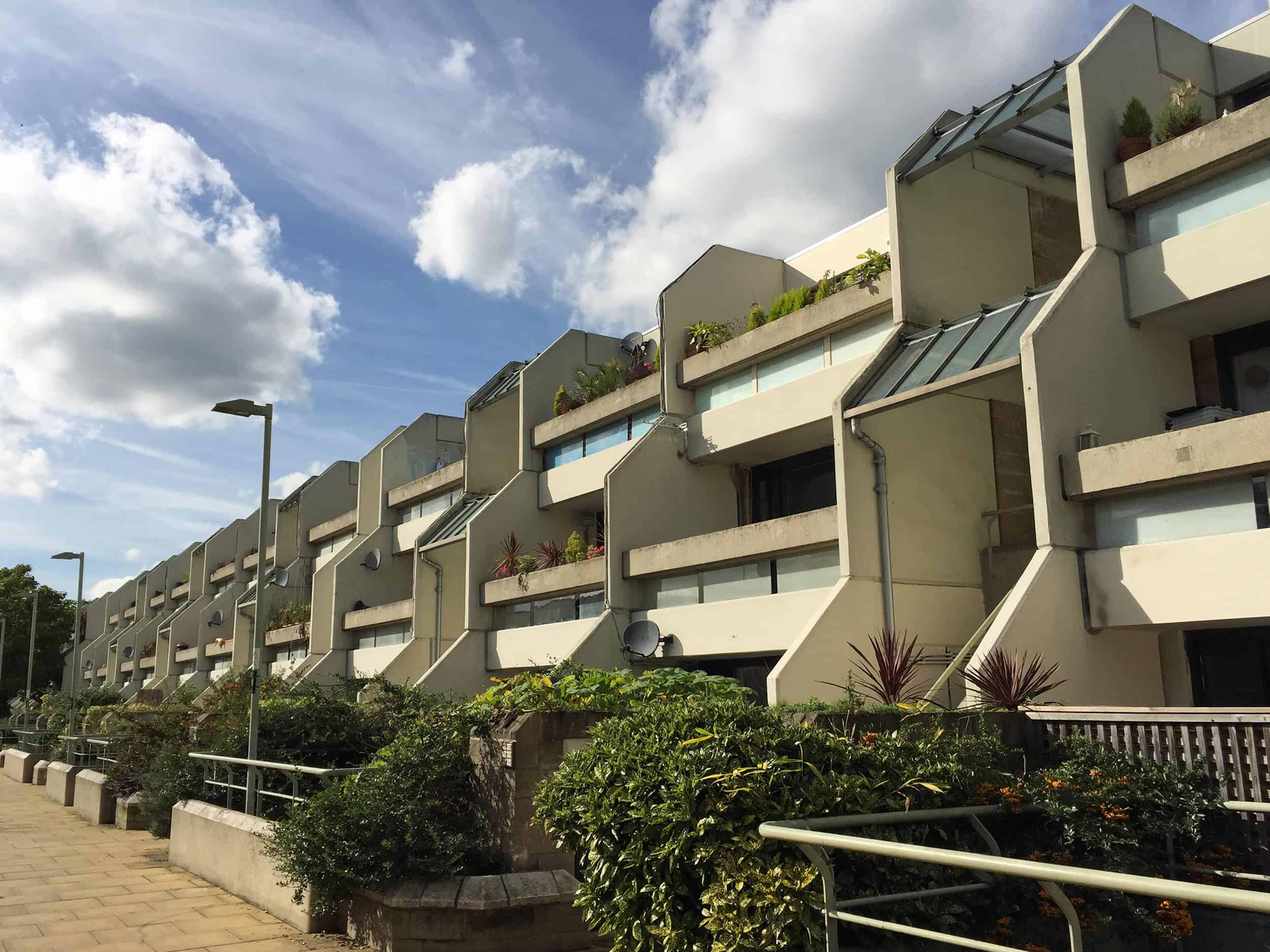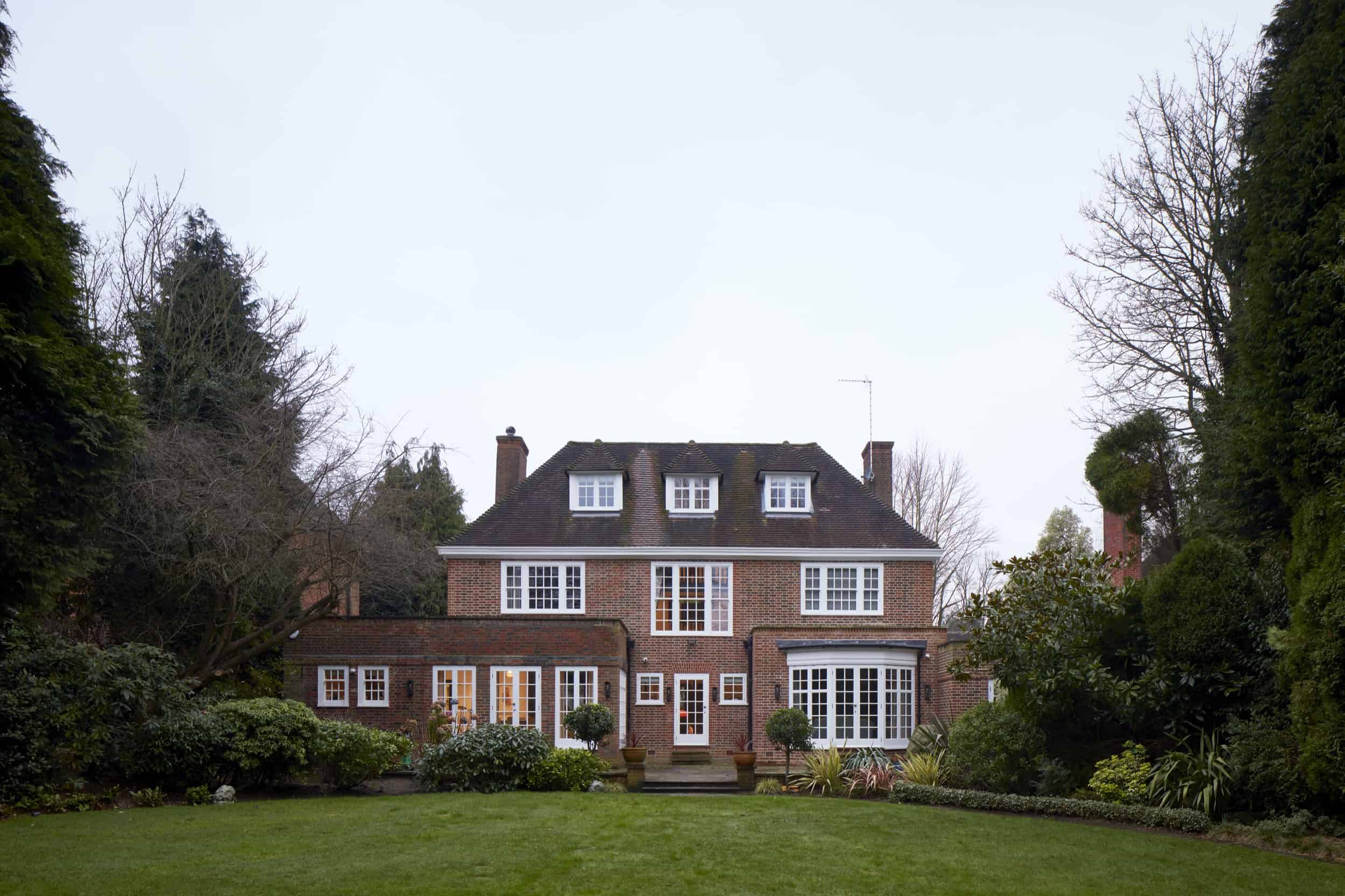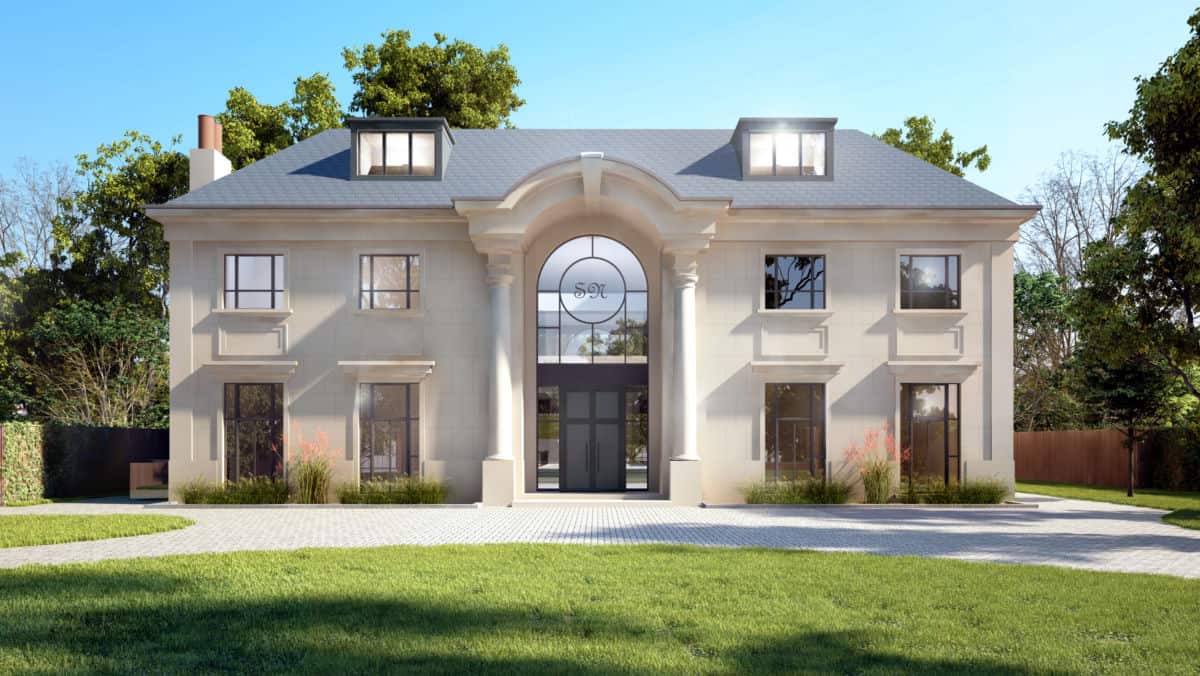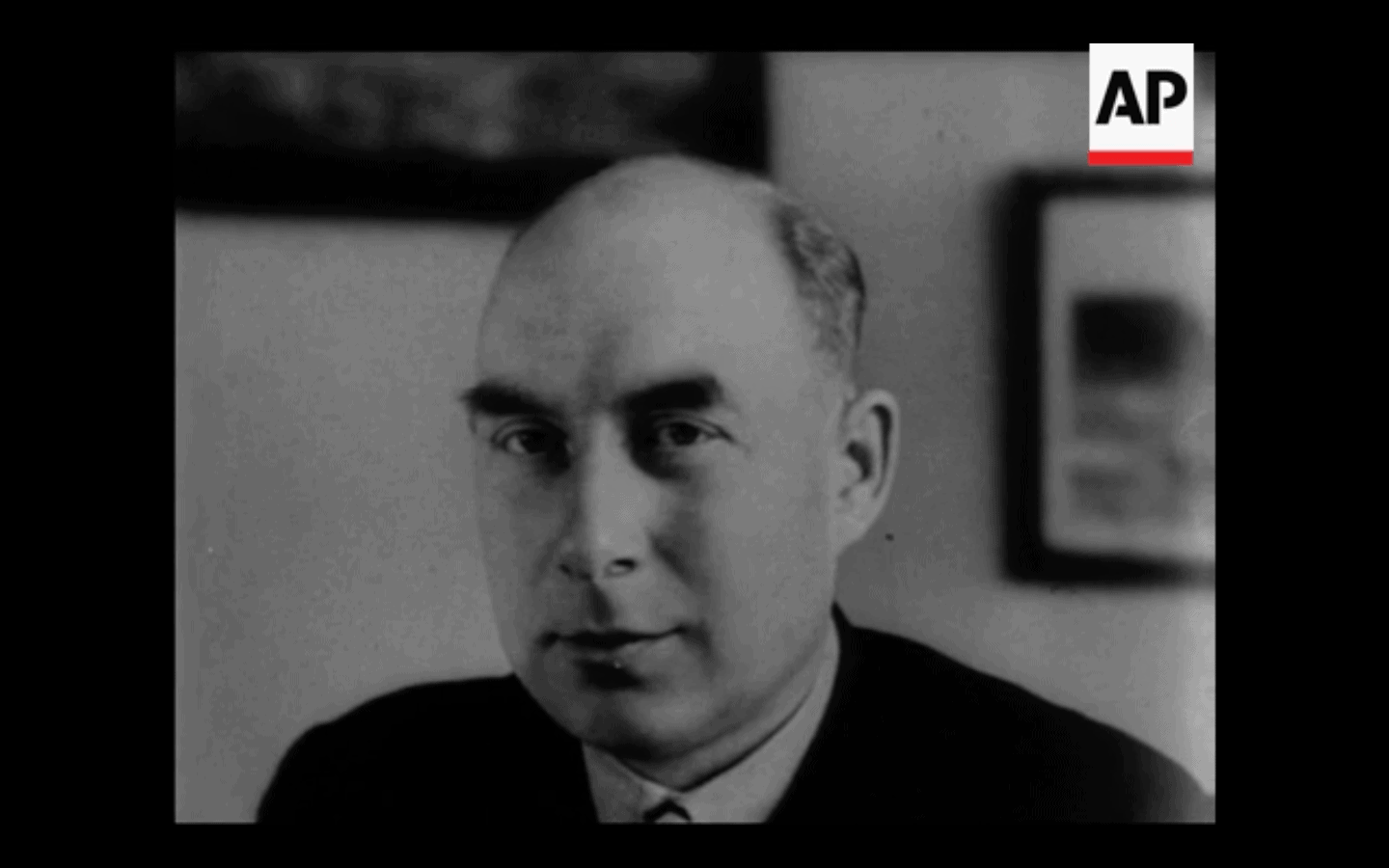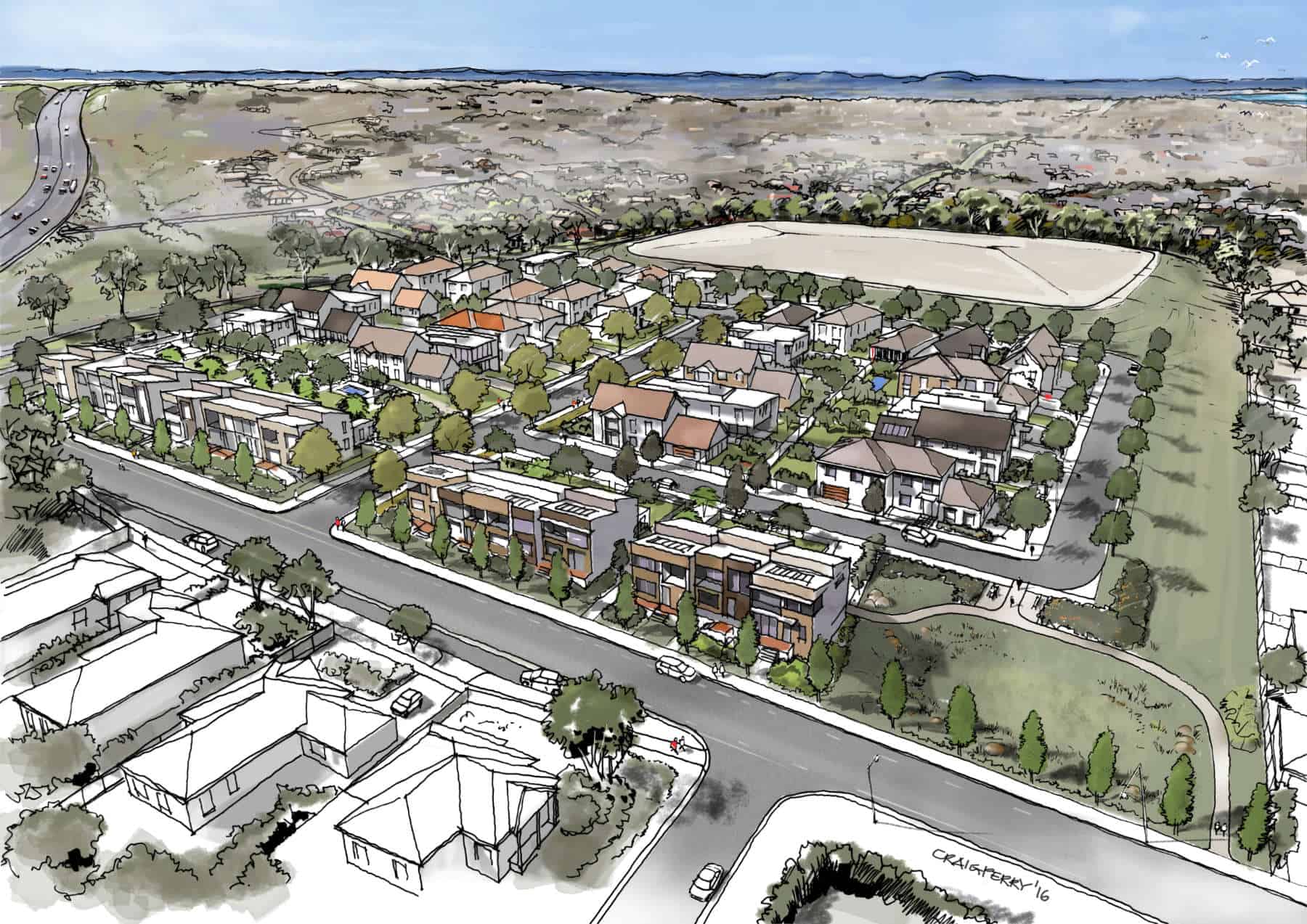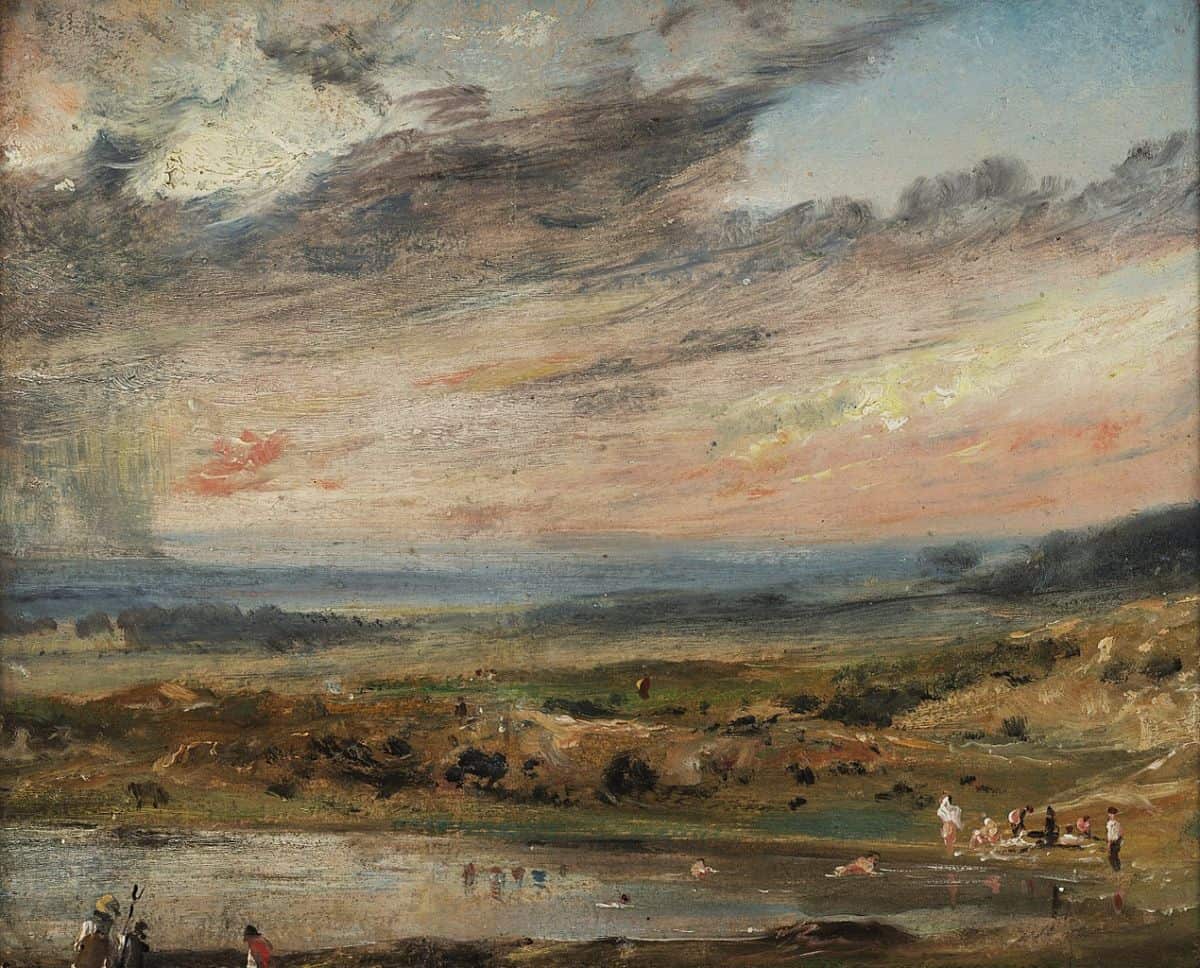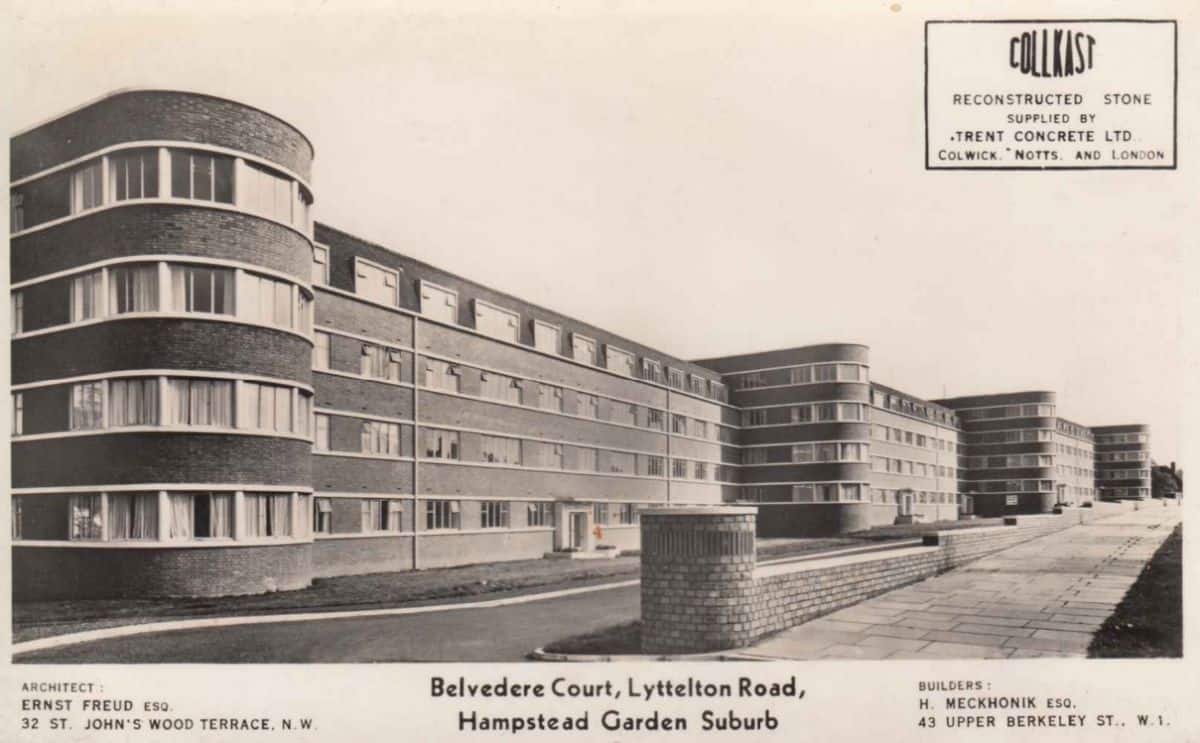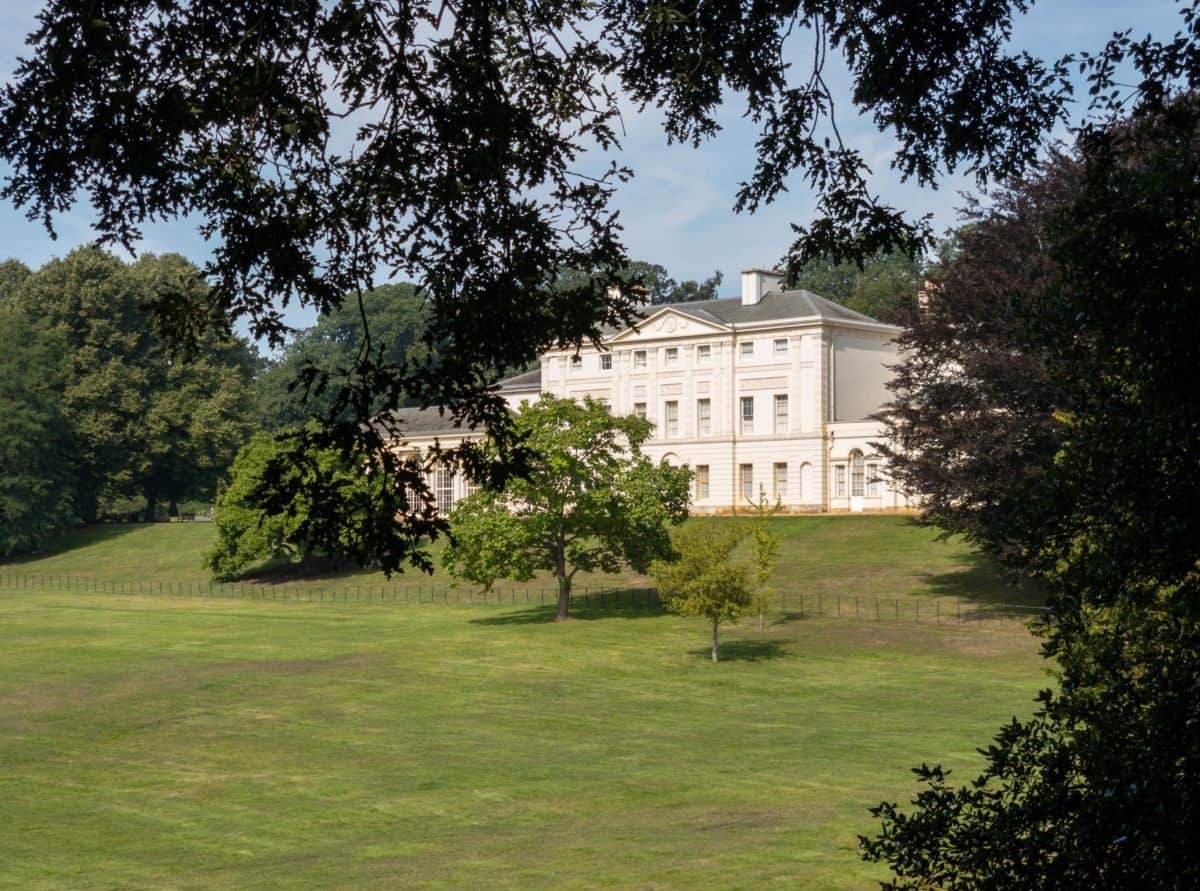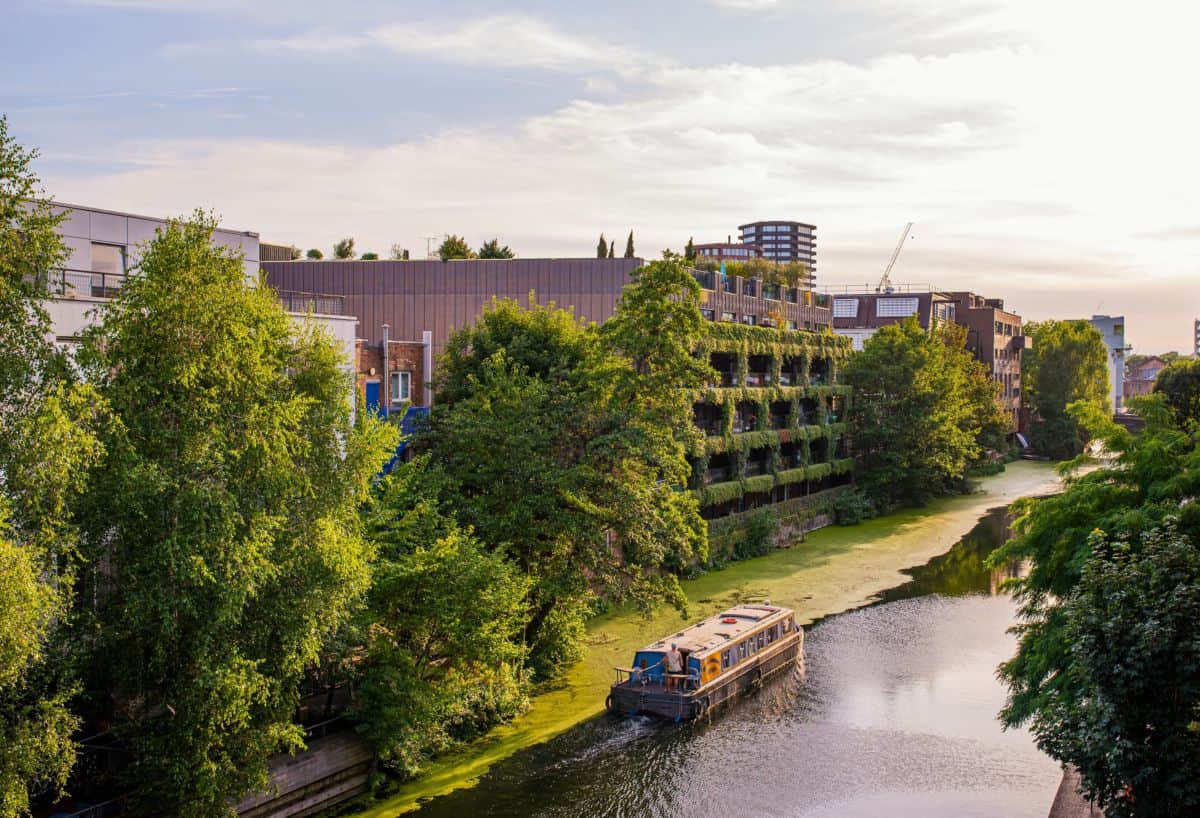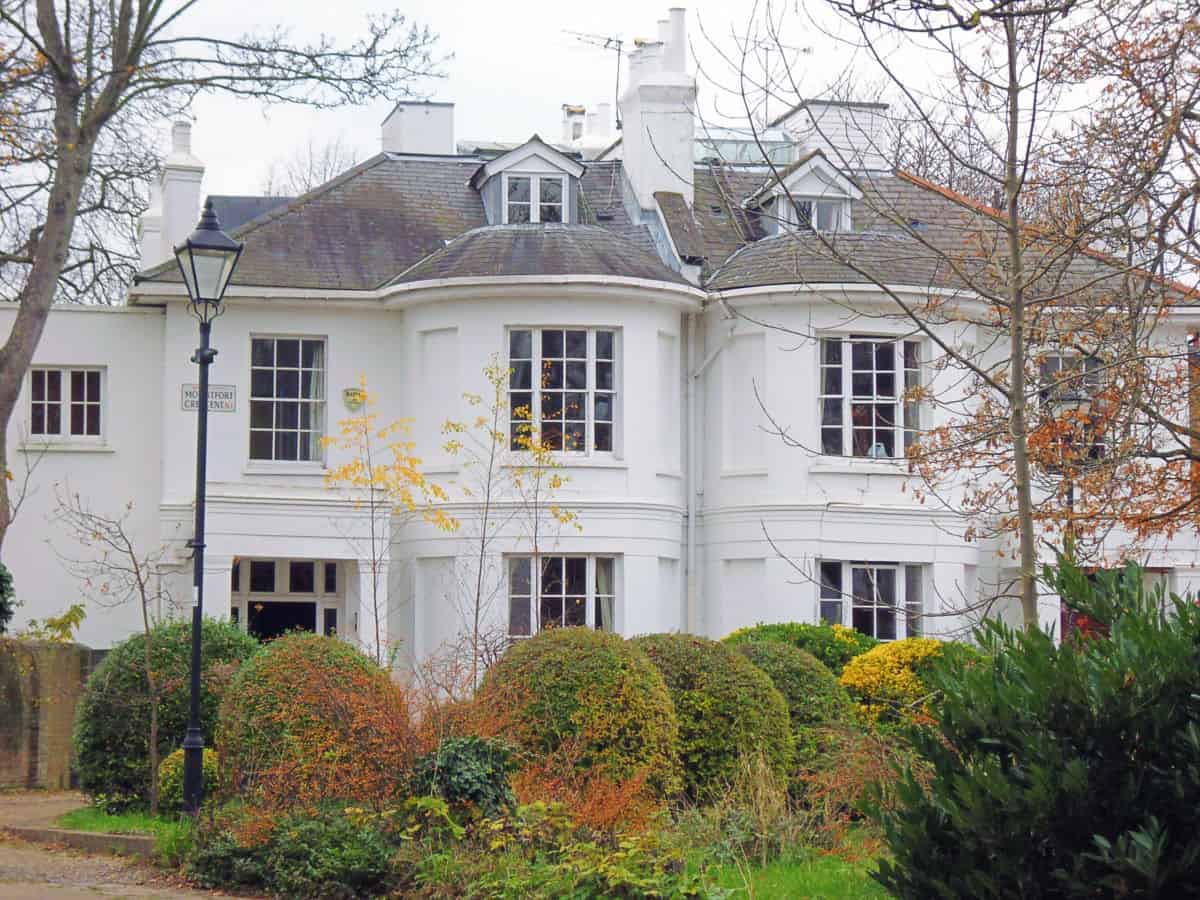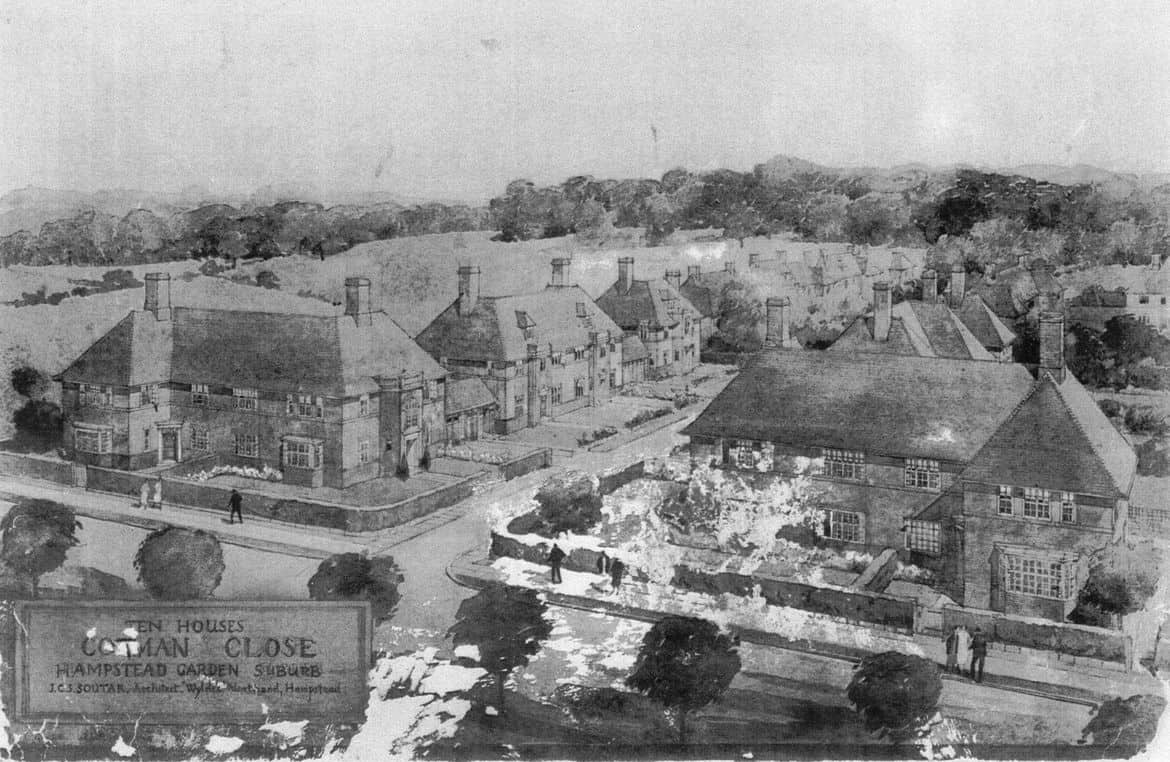Belsize Park And The Proms
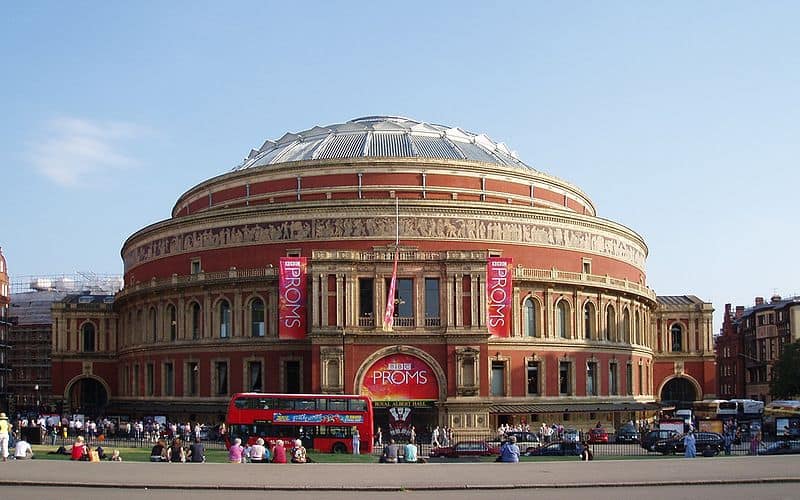
The UK is famous for many things, but perhaps one thing this country can lay claim to is its contribution to the music world. From the middle of the 18th century, London played host to a variety of promenade concerts in many of its picturesque pleasure gardens. But, it wasn’t until the early 19th century that ‘proms’ concerts became a notable fixture indoors.
In 1895, ‘The Proms’ was an idea conceived by businessman Robert Newman to bring the joys of classical, orchestral music to people across London and the rest of the UK. The idea was to have concerts played along the promenade, and allow cheap standing tickets to be sold to the public.
Back in those days, concerts were expensive, and few people could afford to go and hear decent music being played. Thanks to Newman and a financial backer named George Cathcart, concert music was now an affordable possibility for the masses.
The early origins of The Proms
Before The Proms was first conceived, Newman already had previous experience of running concerts at His Majesty’s Theatre, a West End theatre located in the City of Westminster. When setting up The Proms in 1894, he had offered an aspiring musical genius, a young Henry Wood, to be the sole conductor of the orchestra.
Newman had stipulated to Wood that he wanted to make concert hall music more available to a broader audience. One that offered low ticket prices, and attracted an informal atmosphere where promenaders were allowed to eat, drink and smoke.
Wood seized on the opportunity and was credited as the creator of the ‘Queen’s Orchestra’ at the time. The first Proms concert was held to great success in August 1895 inside the Queen’s Hall in Langham Place, Westminster.

Henry Wood: a short bio
Wood was born in 1869 in central London, the only child of Henry Joseph, a pawnbroker, jeweller, and amateur cellist, and Martha, a singer and pianist from Wales. From an early age, Wood expressed an interest in music, notably organ music, and was encouraged by his parents to develop his musical talents.
At the tender young age of ten, Wood made his first paid appearance as an organist for St Mary Aldermanbury, a church in the City of London. The young Wood got paid half a crown (around £8.27 in today’s money) for his work.
Four years later, Wood got invited to play the organ at one of the galleries in the Fisheries Exhibition at South Kensington while attending the event with his father. He had made quite an impression at the time and was asked to give recitals in the exhibition building for a further three months.
When he was 17, Wood entered the Royal Academy of Music under the direction of musicologist Ebenezer Pout. It was there that he studied harmony and composition with Pout, and also organ and piano with Charles Steggall and Walter Macfarren respectively.
At that time, Wood had aspired to be a singing teacher and even gave singing lessons throughout his life. After leaving the Royal Academy of Music in 1888 at the age of 19, Wood continued teaching singing, charging his pupils half a guinea per hour (around £41.02 today).
In 1894, Wood was appointed as assistant conductor and chorus master to Felix Mottl for a selection of Wagner Festival concerts at Bayreuth, Germany. He was also hired by Mottl for a series of Wagner concerts at the newly-built Queen’s Hall in London. The hall’s manager, Robert Newman, was so impressed by Wood that he invited him to conduct a ten-week season of promenade concerts in the city – called The Proms.
Wood remained the conductor of the annual Proms events in London until his death in 1944 at the age of 75.
The Proms today
These days, The Proms is now an eight-week summer season of classical music concerts played daily. The Proms are mainly conducted at the Royal Albert Hall in South Kensington, with chamber music concerts taking place at Cadogan Hall in Chelsea.
There are also ‘Proms in the Park’ events that take place across the whole of the United Kingdom. In addition, there are even children’s and educational events related to The Proms that take place during the summer months. There’s also ‘The Last Night of The Proms’ events, which feature popular classics in the first half followed by patriotic British pieces in the second half.
While The Proms concerts and events are both organised and broadcast by the BBC, they are formally known as The Henry Wood Promenade Concerts. Today, The Proms is notable both for being a significant classical music event in British culture, and one of the world’s biggest classical music festivals.
Belsize Park: the spiritual home of The Proms
Things would no doubt have taken a different direction had Henry Wood not been born or had the opportunity to develop his music talents.
It’s important to recognise Belsize Park as the spiritual home of The Proms, given that Henry Wood lived in the area. In fact, a blue plaque exists outside his former home at Elsworthy Road, erected by the Greater London Council back in 1969 and well-known among local Belsize Park architects, residents and historians. Wood lived at the property at number four Elsworthy Road for over three decades. Perhaps it’s not surprising he lived there for so long, given that the area, along with neighbouring Hampstead, was and still is popular among those involved with music and the arts.
For instance, after the Second World War, the composer Frederick Delius lived in the house once occupied by Wood. The singer Dame Clara Butt lived in nearby Harley Road, and the opera singer Adelina Patti lived almost around the corner from Wood at Primrose Hill Road.
Belsize Park continues to be connected to the world of music and attract well-known figures within the arts industry. Perhaps it’s not impossible to consider that Wood may well have gained musical inspiration from the environment around him.


